Port Island in flames: is Gdańsk losing control of its heritage?
In the heart of Port Island, a strategic area of Gdańsk surrounded by the waters of the Gdańsk Bay, the Dead Vistula, and the Bold Vistula, another tragedy has unfolded. The fire that broke out in the historic hall of the former Railway and Municipal Rolling Stock Repair Plant in Przeróbka is not just a material loss but, above all, a blow to the city's historical heritage. Yet another one.
security commentary tricity news05 february 2025 | 22:26 | Source: Gazeta Morska | Prepared by: Kamil Kusier | Print

fot. Dominik Paszliński / gdansk.pl
The History of ZNTK in Gdańsk
Founded in 1910, the repair plant was once the largest industrial complex in the Gdańsk Pomerania region. After World War II, it resumed operations under Polish management, continuing the tradition of railway rolling stock repairs. In 2002, the buildings were added to the register of historical monuments, meant to ensure their protection and preservation for future generations. Today, as stated by the spokesperson for the Provincial Office for the Protection of Monuments, they are already a thing of the past.
What happened in Przeróbka?
The fire broke out on Wednesday, February 5, around 1:00 PM. Numerous fire brigades were dispatched to the scene. Over 80 fire vehicles and nearly 300 rescuers participated in the firefighting operation. Approximately 60 people were evacuated, one of whom felt unwell and received medical attention.
Despite the heroic efforts of the firefighters, the fire caused multimillion-dollar losses, destroying part of the invaluable industrial-historical infrastructure. Among the damaged property was also a transmission truck belonging to a television station that had stored the vehicle in the hall.
Communication was also an issue. Two hours after the fire broke out, Mayor Aleksandra Dulkiewicz appealed to the residents of Przeróbka and surrounding districts to close their windows and avoid being outdoors due to the fire at Siennicka 24 Street.
Gdańsk residents also received an emergency alert. Three hours after the fire started, a notice was issued warning people to stay at least one kilometer away from the site, as the smoke might be toxic.
Disturbing discoveries in the burned remains
As the firefighting operation continued, alarming information emerged regarding the contents of the warehouses. Emergency services reported that approximately 1,500 electric bicycles and 1,000 batteries were stored in the hall.
One must ask whether storing electric bicycles with lithium-ion batteries and accumulators in a building with wooden elements, including a wooden roof, was a reasonable decision. This is a matter of serious concern. Lithium-ion batteries, though widely used, are prone to overheating and pose a fire hazard, especially if damaged or improperly charged. Combined with the building's flammable construction materials, the risk increases significantly. Therefore, clear guidelines for storing and charging such devices must be developed to minimize the threat to residents and city infrastructure. This is especially important given that Mayor Dulkiewicz has already announced the return of municipal bicycles before the summer season of 2025, provided conditions allow.
Even more alarming are reports, including those from New Port district councilor Łukasz Hamadyk, that the site contained chemical waste, allegedly imported from Germany. This raises serious questions about the supervision of such facilities and potential risks to residents.
The problem of illegal waste storage
Illegal waste storage in Gdańsk is not a new issue. In 2020, authorities found 203 containers holding approximately 140,000 liters of hazardous chemicals in warehouses in Przeróbka. Deputy Mayor Piotr Borawski described the situation at the time as linked to organized crime. Similar incidents occurred in October 2024 in the Kokoszki district, where illegal waste storage sites were also discovered.
Hardly a month goes by without new locations in the Pomerania region being uncovered where businesses improperly store chemical waste, often in violation of regulations, punishable by up to 10 years in prison.
Nearly 50 police officers were deployed to secure the scene. The Gdańsk Provincial Police Headquarters announced that after the firefighters complete their operations, an investigative team—including police officers and fire experts—will be assigned to determine the full circumstances of the fire at the warehouse complex on Siennicka Street in Przeróbka.
A cluster of communication issues
The fire at the Przeróbka hall is not the only blow to Gdańsk's infrastructure. Recently, it was announced that the Siennicki Bridge, crucial for transport in this part of the city, will be closed for at least two years due to its deteriorating condition. Studies revealed that bridge components were shifting, posing a real danger to users. The bridge closure means significant inconvenience for residents, who will have to rely on detours and altered public transport routes.
The disruptions also affect emergency services, whose response times have increased significantly.
Reflections on safety and city management
Today's fire is not just a material loss but a warning signal. Are city authorities and relevant services doing enough to prevent such tragedies? Can Gdańsk residents feel safe, knowing about potential dangers related to illegal waste storage? These are questions that must be answered before another disaster occurs.
In light of these events, decisive actions must be taken to improve safety and protect Gdańsk’s cultural heritage. We cannot allow such incidents to continue endangering lives and destroying invaluable historical sites—especially when most fires raise serious concerns.
Kamil Kusier
redaktor naczelny
gallery
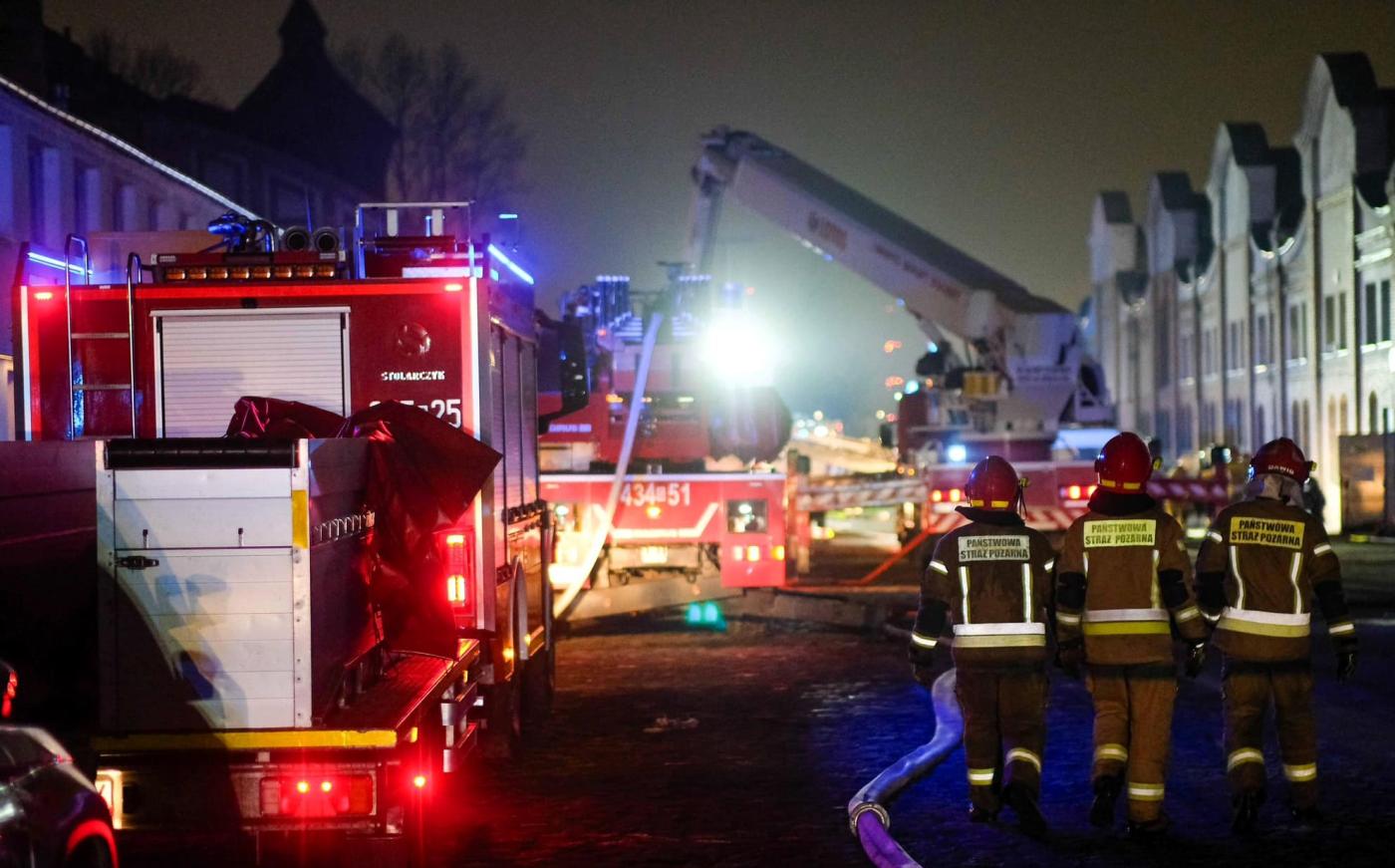
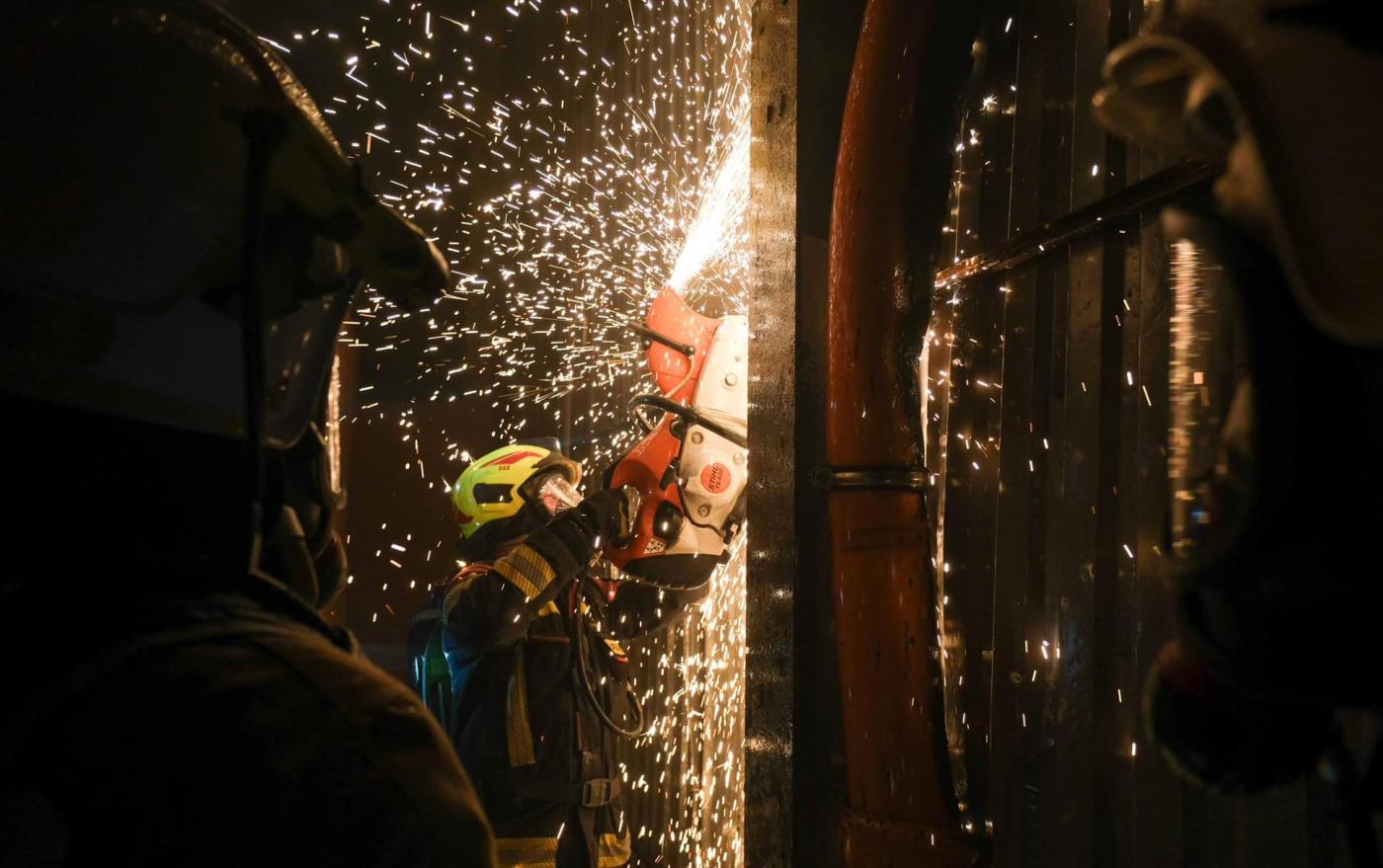
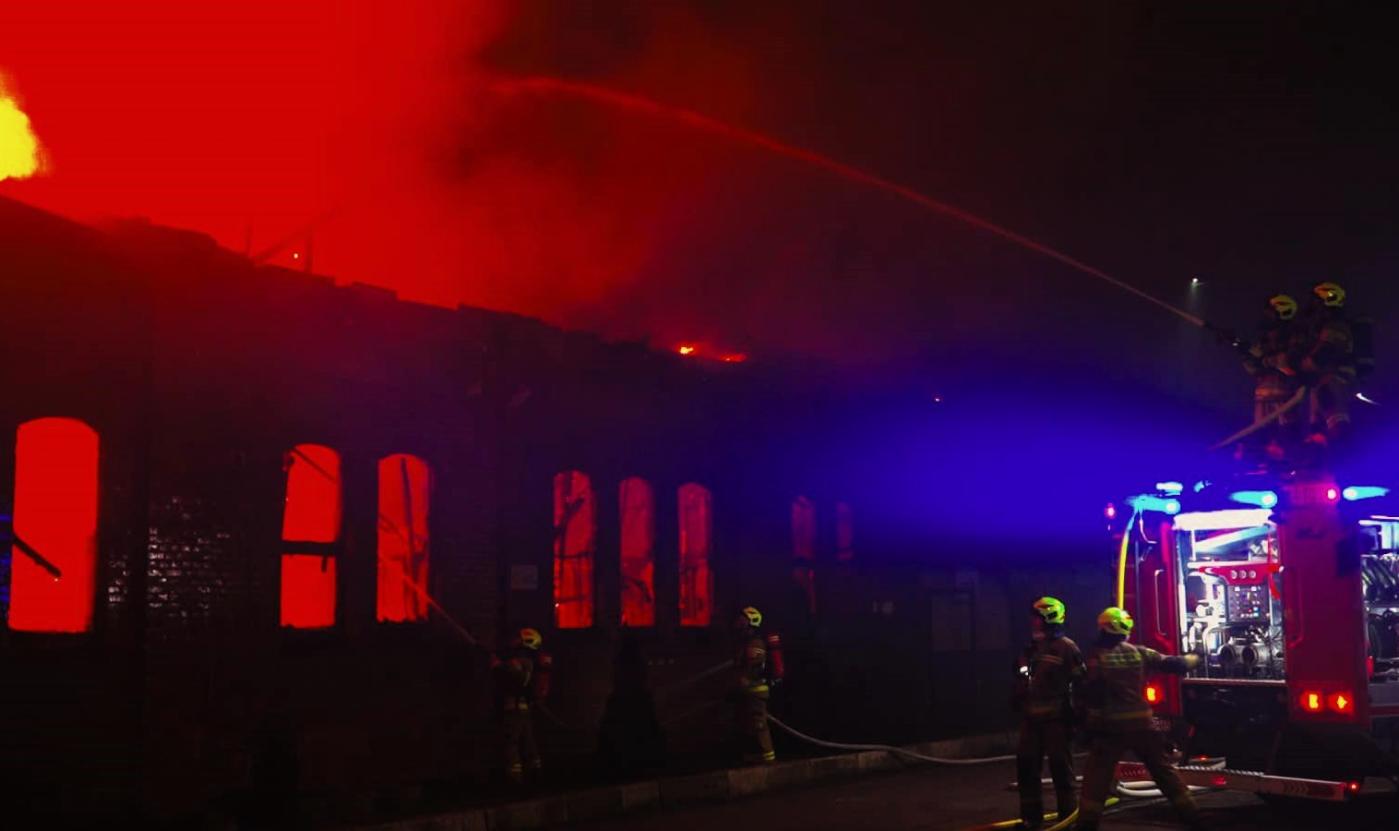
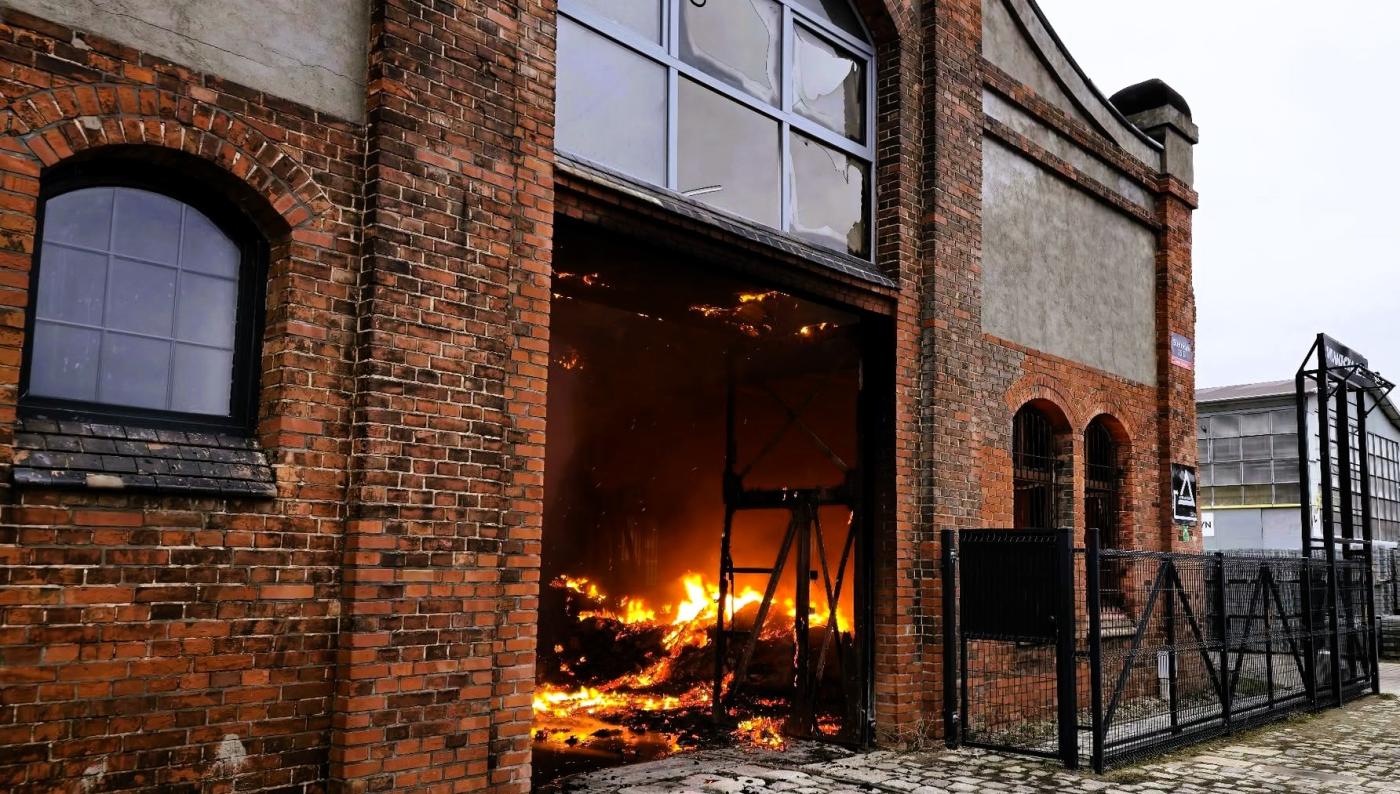
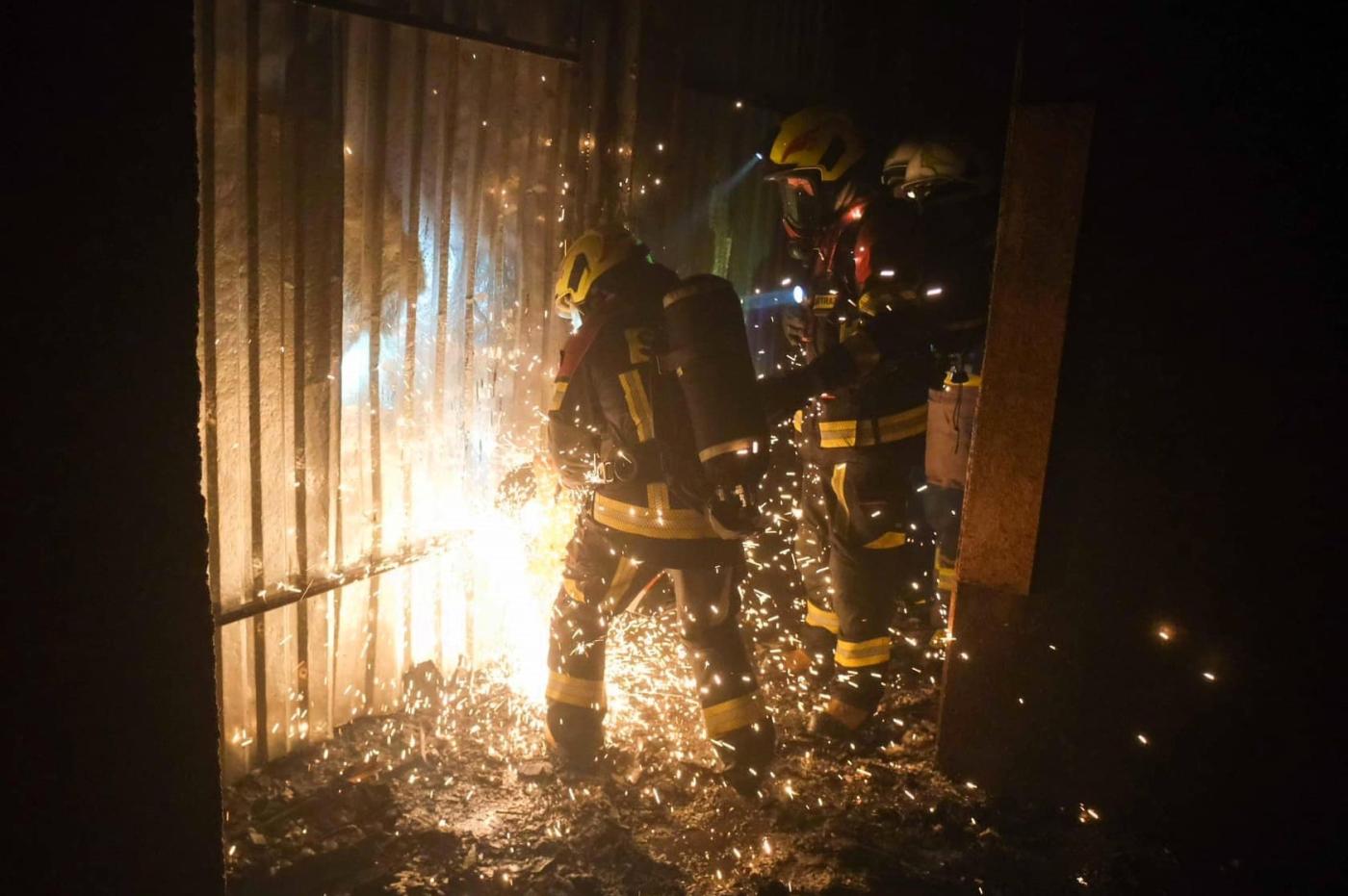
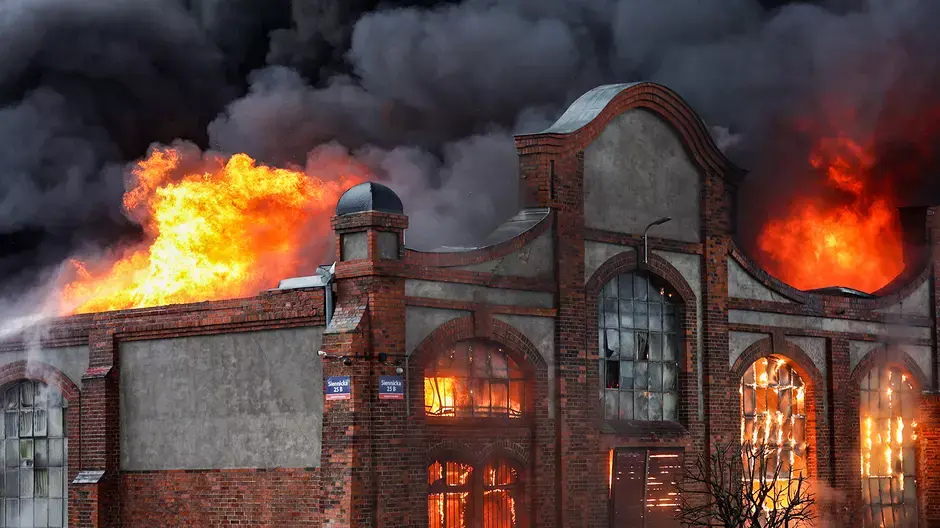

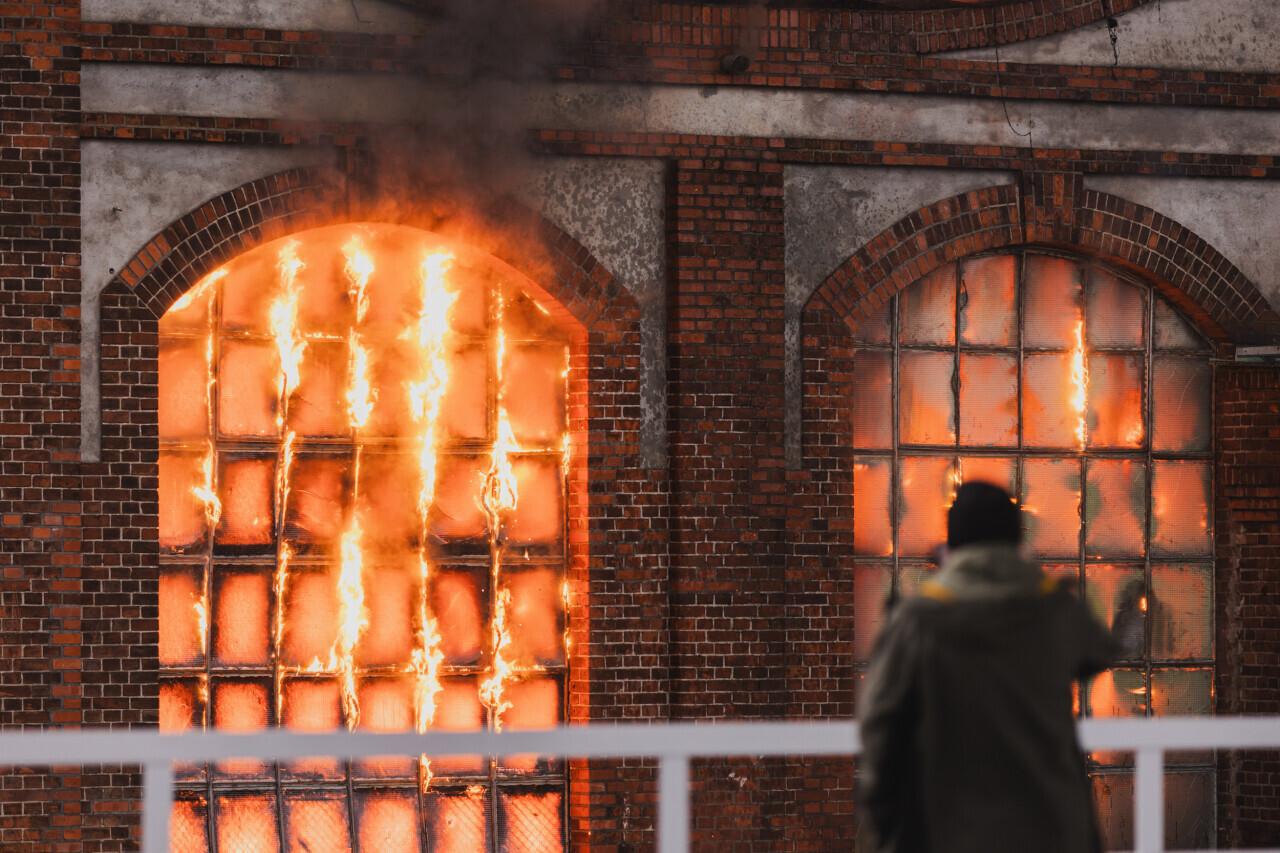
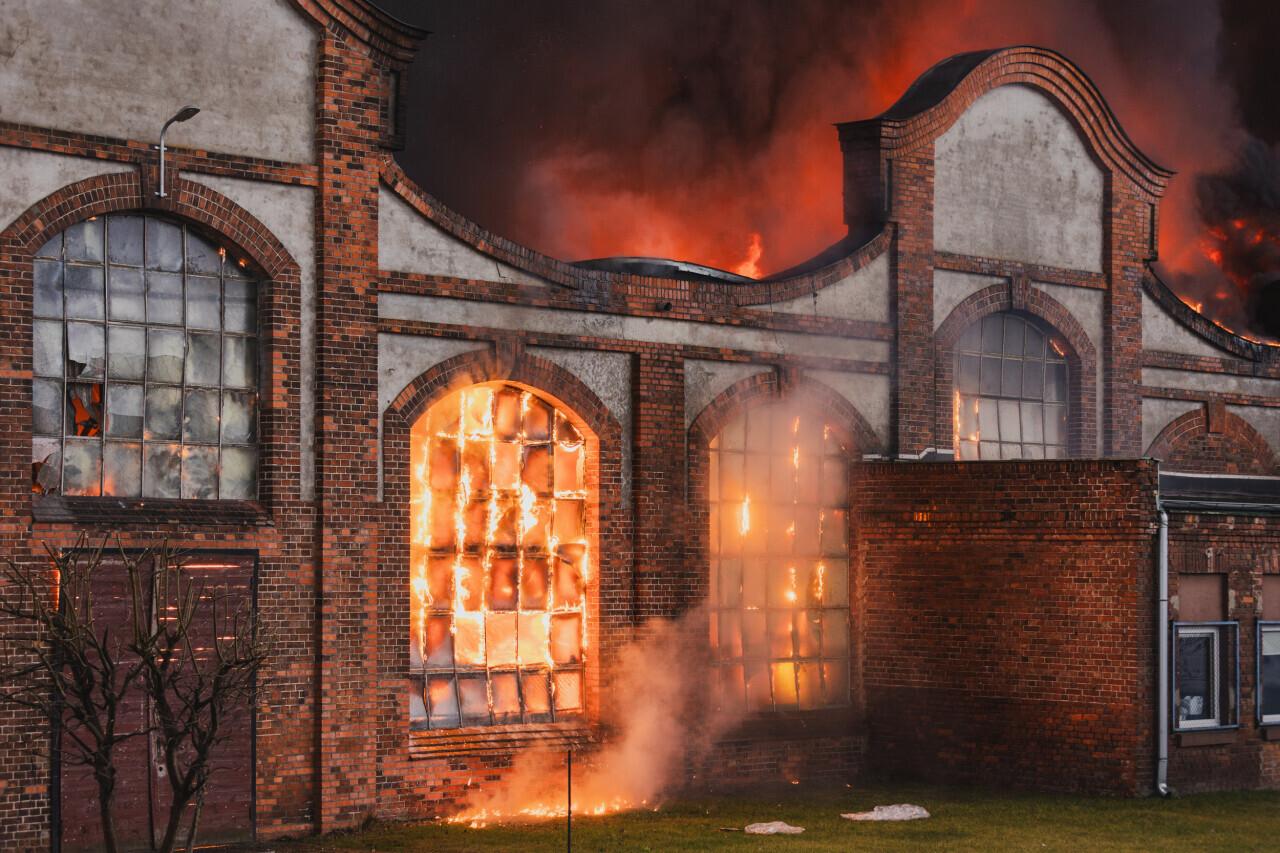
comments
Add the first comment
see also
USCGC Stratton deploys to Indo-Pacific, bolstering U.S. maritime presence in the region
Mexican navy tall ship Cuauhtémoc collides with Brooklyn Bridge. The maritime community mourns the loss
Storm Defender 2025: Lithuania strengthens coastal and port security through joint exercises
Polish naval aviators in North Atlantic exercise Dynamic Mongoose 2025
Unusual rescue operation in the Port of Gdańsk. Deer saved from port channel
Vistula lagoon disease: five suspected cases after consumption of fish from the Vistula Lagoon - authorities warn a
NATO secures Baltic Sea during Open Spirit 2025: mines, robots and energy infrastructure
Saab secures SEK 1.3 billion order for lightweight torpedoes from Sweden
Rescue under pressure: OSP Łeba responds to cardiac arrest on Łącka Dune
Master of containership faces court over Balticconnector damage
ADVERTISEMENT
ADVERTISEMENT